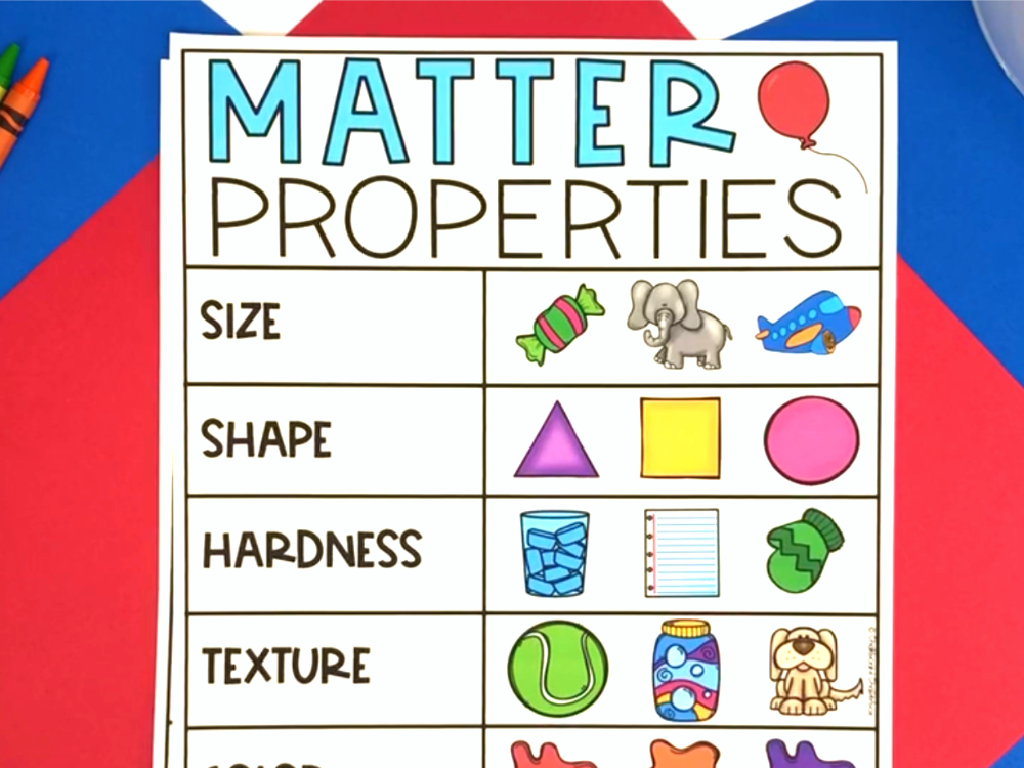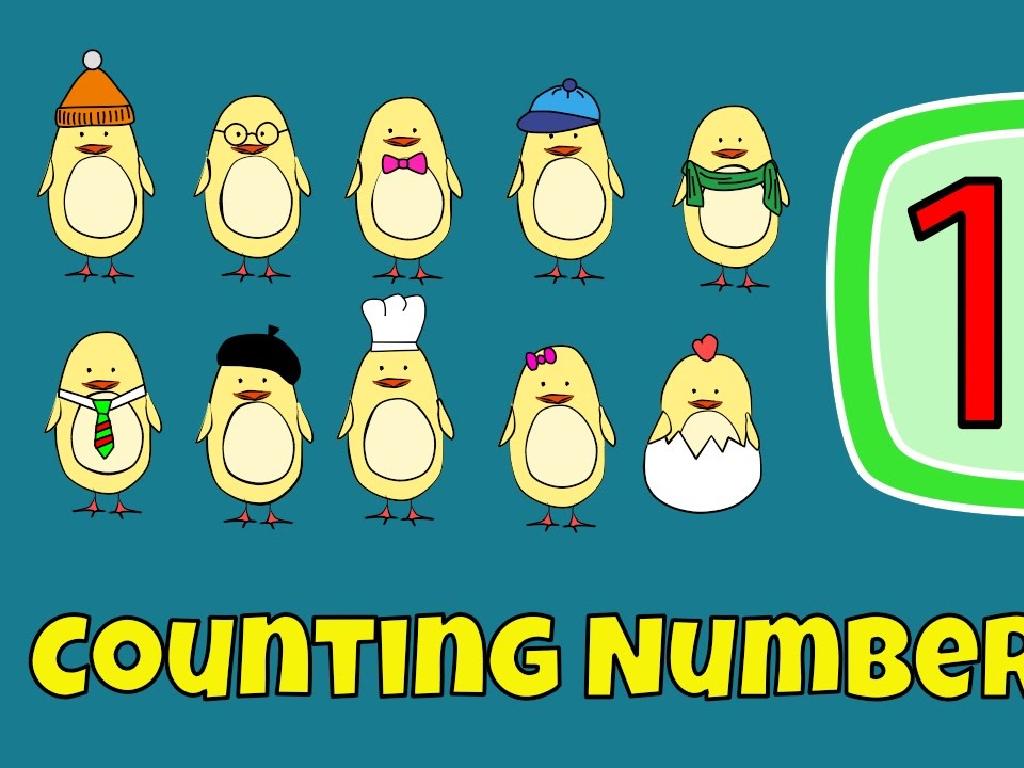Identify Counterclaims
Subject: Language arts
Grade: Sixth grade
Topic: Persuasive And Opinion Writing
Please LOG IN to download the presentation. Access is available to registered users only.
View More Content
Understanding Counterclaims in Persuasive Writing
– What is persuasive writing?
– Persuasive writing aims to convince readers of a viewpoint.
– Today’s focus: Counterclaims
– Counterclaims are opposing viewpoints to your argument.
– The role of counterclaims
– They show you’ve considered other perspectives.
– Strengthening arguments with counterclaims
– Including counterclaims and refuting them shows thorough understanding.
|
This slide introduces the concept of persuasive writing and focuses on the importance of identifying counterclaims. Persuasive writing is all about presenting a case to persuade the reader to agree with a certain point of view. Counterclaims are crucial as they demonstrate that the writer has considered different sides of the argument, which makes their own position stronger and more credible. Discussing counterclaims and providing evidence against them can significantly enhance the persuasiveness of a piece of writing. In class, we’ll explore how to identify counterclaims in texts and discuss why acknowledging and addressing them is a powerful strategy in persuasive writing.
Understanding Claims in Persuasive Writing
– Define a claim in writing
– A claim states your position on a topic or issue.
– Examples of claims in texts
– ‘School should start later’ – argues for more sleep.
– Role of claims in arguments
– Claims are the backbone of your argument, supporting your viewpoint.
– Crafting strong claims
|
This slide introduces the concept of a claim as the foundation of persuasive writing. A claim is a statement that asserts a viewpoint or opinion, which the writer must then support with evidence and reasoning. Provide examples of claims from familiar persuasive texts, such as editorials or advertisements, to illustrate how they anchor the argument. Discuss how a well-constructed claim can persuade the reader by clearly stating the writer’s position. Encourage students to think critically about the claims they encounter and how they might develop their own claims in their writing. The goal is to help students understand the importance of a claim in structuring their arguments effectively.
Introducing Counterclaims
– Define a counterclaim
– A counterclaim is an opposing viewpoint or argument.
– Role in strengthening arguments
– They show you’ve considered other opinions and can defend against them.
– Examples of counterclaims
– If you claim ‘Homework is necessary,’ a counterclaim might be ‘Homework can be stressful.’
|
This slide introduces the concept of counterclaims, which are essential in persuasive and opinion writing. A counterclaim is essentially the opposite argument or viewpoint that someone might have against your main claim. By acknowledging and addressing counterclaims, students can strengthen their own arguments, showing that they have considered various perspectives and are prepared to discuss them. Provide examples of counterclaims to help students understand how to identify them in texts they read and use them in their own writing. Encourage students to think critically about different sides of an argument and how addressing these can make their own position more convincing.
Identifying Counterclaims in Persuasive Texts
– Spotting counterclaims in texts
– Look for opposing arguments to the author’s claim
– Signal words for counterclaims
– Words like ‘however’, ‘but’, ‘although’ often introduce counterclaims
– Practice with example paragraphs
– We’ll review paragraphs to find counterclaims together
|
This slide is aimed at teaching students how to identify counterclaims within persuasive texts. A counterclaim is an argument that opposes the main claim or thesis of the text. Students should look for statements that present an opposing viewpoint or argument. Teach them to recognize key signal words that often introduce a counterclaim, such as ‘however’, ‘but’, ‘on the other hand’, and ‘although’. The practice activity will involve analyzing example paragraphs to identify the counterclaims made. This will help students understand that recognizing counterclaims is a critical part of engaging with persuasive texts and building their own arguments in opinion writing.
Analyzing Counterclaims in Persuasive Writing
– Define the purpose of a counterclaim
– A counterclaim opposes the main argument
– Evaluate counterclaim strength
– How convincing is the counterclaim? Does it have strong evidence?
– Compare counterclaims and main claims
– How do counterclaims contrast with the writer’s original stance?
– Practice with examples
|
This slide aims to help students understand the concept of counterclaims in persuasive writing. Begin by defining a counterclaim as an argument that goes against the main claim or thesis of a piece of writing. Discuss the importance of recognizing and understanding counterclaims to build stronger arguments. Teach students how to critically evaluate the strength of a counterclaim by looking for evidence and reasoning. Compare and contrast counterclaims with the main claims to highlight differences in perspective. Use examples from familiar texts or create hypothetical scenarios to illustrate these concepts. Encourage students to practice identifying and analyzing counterclaims in class discussions or written exercises.
Crafting Your Own Counterclaims
– Steps to create a strong counterclaim
– Identify the claim, understand opposing views, and construct a reasoned argument.
– Practice writing counterclaims
– Use common claims to develop counterarguments.
– Share counterclaims with peers
– Present and discuss your counterclaims in class for feedback.
– Understand the importance of counterclaims
|
This slide is aimed at teaching students how to craft their own counterclaims in persuasive writing. Start by explaining the steps to formulate a strong counterclaim, which includes understanding the original claim and considering the opposing viewpoints before constructing a reasoned argument. Provide students with common claims and have them practice writing counterclaims. Encourage them to think critically about both sides of an argument. Afterward, create an interactive session where students can share their counterclaims with the class. This activity will not only help them articulate their thoughts but also learn to engage with different perspectives constructively. Emphasize the importance of counterclaims in presenting a balanced argument and enhancing persuasive writing skills.
Class Activity: Debate Circle
– Form small debate groups
– Choose a debate topic
– Write main claim and counterclaims
– Main claim is your position; counterclaims are opposing views
– Present arguments to class
– Share your group’s views and understand others’
|
This activity is designed to help students understand the concept of counterclaims in a debate setting. Divide the class into small groups and have each group select a topic they are interested in. Each group should discuss and agree on their main claim about the topic. Then, they should identify potential counterclaims that someone with an opposing view might have. After preparing their arguments and counterarguments, each group will present them to the class. This will not only help students to recognize differing perspectives but also to practice their public speaking and argumentation skills. Encourage respectful listening and constructive feedback during the presentations. Possible topics could include school uniforms, homework policies, or the importance of recess.






